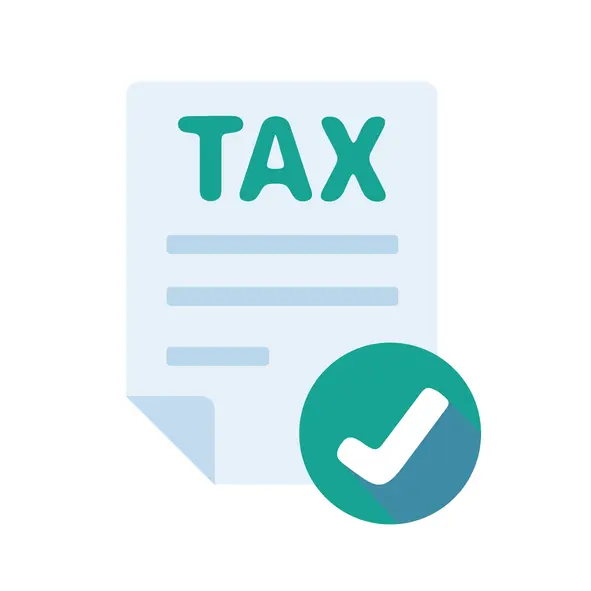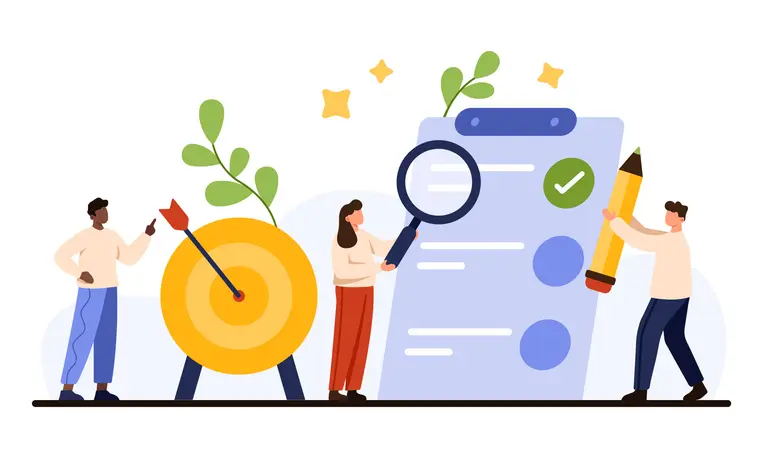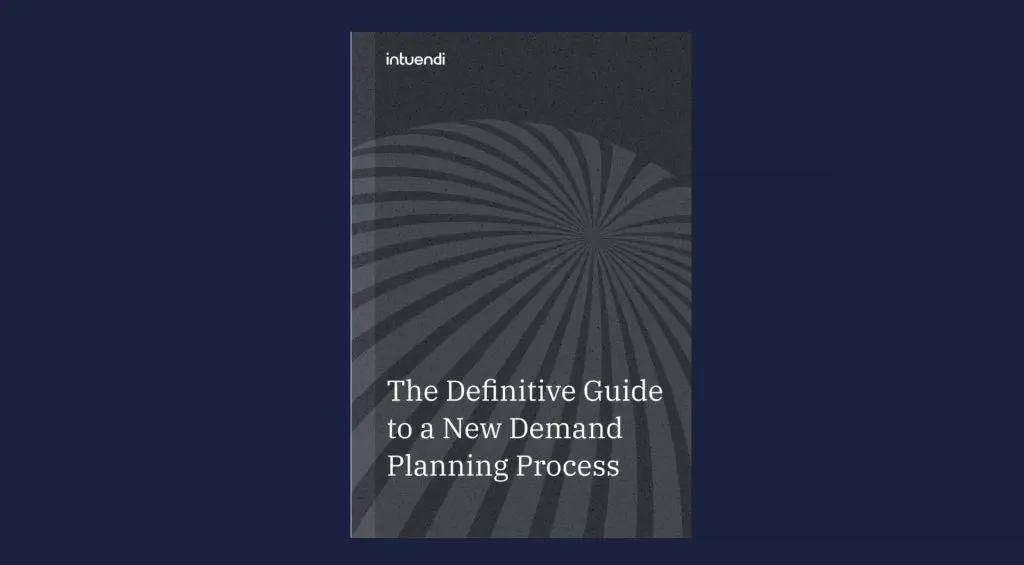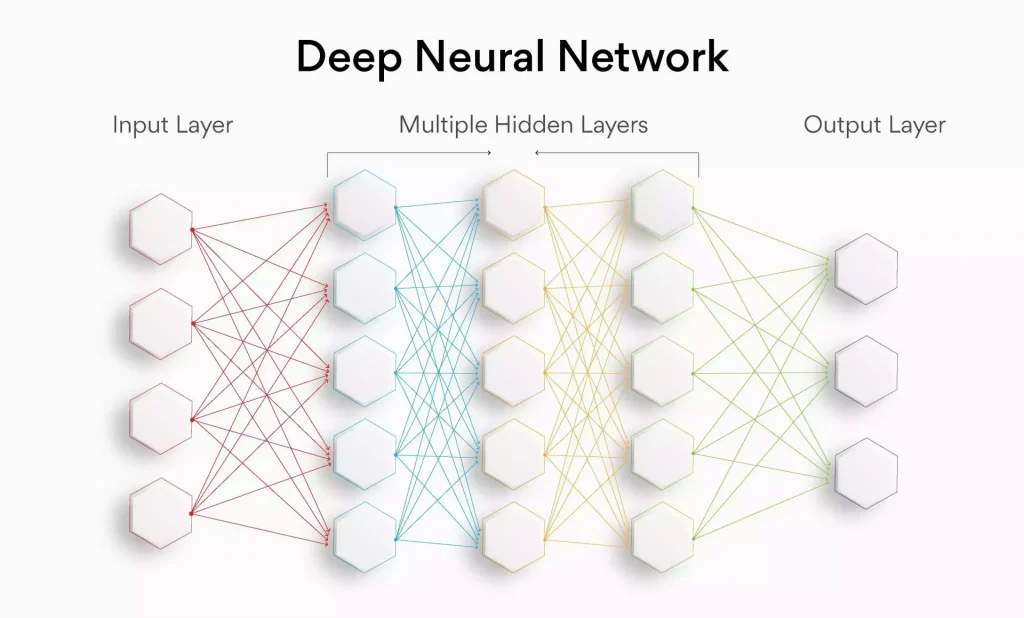Not an uncommon mention for Intuendi, we know that demand forecasting is an integral part of every business plan. Without its estimates on future demand, a business would not know how best to plan production, pricing etc. The more accurate your demand forecast is, the more you can reduce costs and gain a competitive edge. However, demand forecasting is not as straightforward as one might think. There are many complexities, one of which is determining if the demand is constrained or unconstrained by external factors. Understanding the difference between the two is crucial when choosing the most suitable method for your business’s forecasting needs. Fret not, as this article will take a deeper exploration into the fundamentals of both unconstrained and constrained demand analysis, how best to integrate both approaches in decision-making, as well as relevant challenges and innovations in the field of demand forecasting.
Fundamentals of Demand Forecasting
Demand forecasting is the prediction of future demand for a product or service, by using analytical, mathematical, and statistical techniques. This can be done over a short-term, medium-term, or long-term period, and on various levels of aggregation, such as product, category, or industry. The main objectives of demand forecasting are numerous, including what we have already mentioned, as well as the following: identifying demand-influencing factors, assessing the impact of changes within the market, evaluating product performance, and resource allocation.
Furthermore, there are common steps associated with demand forecasting. The most traditional steps are as listed below:
- Define the problem and the objective of the forecast.
- Collect and analyse historical data and relevant information.
- Select and apply the appropriate forecasting method or technique.
- Validate and refine the forecast using various criteria and measures.
- Communicate and monitor the forecast and its implications.
Demand planning methods occur both quantitatively and qualitatively. While we have already listed the numbers, data, and figures involved in demand forecasting, it is important to note that there is also a human element to its application – it does, after all, deal with the analysis of human buying behaviour. Qualitative methods are human-based and rely on the opinions of experts and customers through focus groups, surveys and market research, and might help explain sudden changes in market trends and, as mentioned, buying behaviour. Now that we have covered the basics, let us dive, head-first, into the real reason why you’re reading this article, beginning with unconstrained demand analysis.
Unconstrained Demand Analysis
When one considers demand that is unaffected by supply capacity and availability, revealing the true demand, it is called unconstrained demand. It is often used to measure the maximum sales opportunity, as well as market potential. Thus, unconstrained demand analysis is the process of producing a forecast concerning the unconstrained demand for a product/service. This analysis can estimate the size and growth of a product market and be used to explore new markets. It plays a large role in identifying gaps between potential demand and actual demand, assessing the feasibility of new product launches, and determining the effectiveness of current marketing strategies.
There are three popular techniques for forecasting unconstrained demand. Firstly, market analysis examines market conditions and dynamics, such as growth and competition, to estimate the current and future demand. Secondly, customer analysis uses customer preferences and needs to estimate current and future demand, investigating information such as demographics and attitudes. Lastly, product analysis forecasts current and future demand by evaluating product attributes. This includes factors such as quality, functionality, and differentiation.
Unconstrained demand analysis has many benefits. It provides an uninfluenced and realistic view of the demand. It points out growth opportunities in the form of unmet demand and reveals potential flaws in marketing strategies. But as good as this may sound, it is not without its limitations. It can prove challenging or expensive to acquire the necessary data, particularly for new product launches, as accounting for all factors impacting demand can prove rather impossible in uncertain environments. It is also important to remember that it may not reflect the actual sales as it does not consider supply constraints. If this last limitation is concerning to you, then you may lean towards using constrained demand analysis.
Constrained Demand Analysis
Constrained demand looks at demand when it is affected by supply capacity and availability. It focuses on the realized demand, often being used for sales revenue for a product or service. Constrained demand analysis, therefore, is the process of producing a forecast concerning constrained demand. It can identify the optimal level of production and inventory, which is essential for managing the balance between overproduction and underproduction. Furthermore, it allows a business to adjust the supply constraints in their forecasting according to demand changes. It also evaluates the efficiency of one’s current operations, thereby enhancing profitability.
Like unconstrained demand analysis, there are also three constrained analysis techniques available to choose from. First is capacity analysis, which reviews the supply availability and its’ impact on production and delivery. This allows one to determine how much inventory they will be able to distribute to meet demand. Resource analysis is the second option. It analyses the inputs required to supply the product or service, including materials, equipment, and labour. It shows a business how resource availability impacts its ability to meet demand. The final option is budget analysis. This technique examines funds, such as capital, operating, and marketing expenses, to forecast future constrained demand based on budget availability. These techniques are all incredibly useful, but what about forecasts for sales?
Constrained demand forecasting has a subtype called sales forecasting, often used to predict the sales of a product or service by analysing historical sales data and customer behaviour. When utilised correctly, it can assist businesses in planning their budget allocation, monitoring sales performances, determining sales opportunities and challenges, as well as establishing sales goals and targets. For sales forecasting, there are three main methods of analysis. Historical analysis uses past sales data (particularly sales patterns, trends, and seasonality) to predict future sales. Market share analysis forecasts future sales by looking at market share qualities like market size, growth, and competition. Sales force opinion functions by considering the judgments and insights of representatives to estimate future sales. Representatives are chosen based on their sales force knowledge and experience, whilst placing emphasis on their expectations for the product or service.
The use of any of these constrained demand analysis techniques results in several advantages. Businesses gain a practical demand forecast that acknowledges supply constraints, which assists them in optimising their operations. It enables one to compare actual sales with the forecasted targets and indicates how to maximise the profitability of the supply. Of course, it is not without its fair share of obstacles. It can be costly and challenging to measure in complex processes. It also becomes tougher to avoid over and underproduction because adjusting the supply limitations is nuanced. It also does not reflect the true demand, so untapped customer bases may be overlooked.
Comparison and Impact on Demand Forecasting
As you may have already gathered, constrained and unconstrained demand forecasting are two approaches in stark contrast with one another. Each has distinct pros and cons accompanying them and can best be compared using the following criteria: accuracy, complexity, relevance, and implication.
Constrained demand forecasting is the more accurate approach, simply because it is based on the realized demand rather than the true demand. By accounting for supply limitations, it can plan for the effect it will have on product demand. Unconstrained demand forecasting is the more complex approach as it incorporates more variables and uncertainties that impact demand in its forecasts, e.g. competitor actions. It also makes use of more data in its analysis. With regard to relevance, unconstrained demand forecasting ends up on top. It is often more relevant because reflects true demand regardless of supply limits, thereby identifying untapped potential.
This means that the implication for unconstrained demand forecasting is one of exploration and innovation. It aims to explore new markets, launch new products, and outdo competitors by innovating their current products. In contrast, the implication for constrained demand forecasting is optimization. It aims to enhance a business’ production, inventory, budgeting, and marketing strategies to boost efficiency and profitability. Perhaps the best way to proceed is by integrating the two approaches…
Integrating Constrained and Unconstrained Forecasts in Decision Making
Constrained and unconstrained demand forecasting may be different, but they are not mutually exclusive when integrated thoughtfully. They can be highly complementary, providing their own unique perspectives on the same situation. Here are some steps to help you find a balance.
Step 1: Use unconstrained forecasting to estimate the maximum sales opportunity, before using constrained forecasting to predict actual sales.
Step 2: Use unconstrained forecasting to identify gaps between potential and actual demand, followed by using constrained forecasting to adjust any supply limitations to address the gap.
Step 3: Use unconstrained forecasting to determine how effective your current marketing is and optimise your business operations through constrained forecasting. The final step is to explore new markets by using unconstrained forecasting, and then using constrained forecasting to allocate funds to launch new products catered to these markets.
An example of a good integration of both approaches would be if a hotel chain utilised unconstrained demand forecasting to approximate the potential demand for rooms at their different locations across the seasons. The hotel chain then used constrained demand forecasting to optimise its management strategies according to room availability and capacity.
Challenges and Innovations in Demand Forecasting
As you know, demand forecasting is an ever–evolving field, and it faces many challenges in the modern business environment. Customers nowadays have higher expectations, seeking out products that are customized and responsive service providers. This has led to an increase in market complexity and greater uncertainty about customer behaviour and competitors’ actions, making demand forecasting significantly more challenging. This has been compounded by the increasing availability and diversity of data, which requires more advanced cleaning and forecasting techniques.
Thankfully, technological innovations have kept up with the increase in challenges. The arrival of cloud computing and big data analytics provides multiple platforms to store and share data sets. It can even run simulations and conduct analyses on the data it stores. Artificial Intelligence (AI) uses a variety of algorithms to analyse large and complex data sources. It learns from and adapts to these changing demand patterns which enables it to provide accurate and flexible demand forecasts. And social media has created a space for interactive, real-time demand forecasting. By using social media channels to collect feedback and opinions from customers, one is able to adjust their demand forecasts to reflect their findings.
Conclusion
Demand forecasting is an integral part of planning and executing business strategies, it is largely what allows your company to optimise its resources and operation to maximise sales. For this reason, one must have a good understanding of both constrained and unconstrained approaches, as well as how the combination of the two might be implemented. This knowledge will allow you to make an informed decision regarding the appropriate approach to demand forecasting for your business.
Find out how intuendi can help you forecast your constrained and unconstrained demand.






